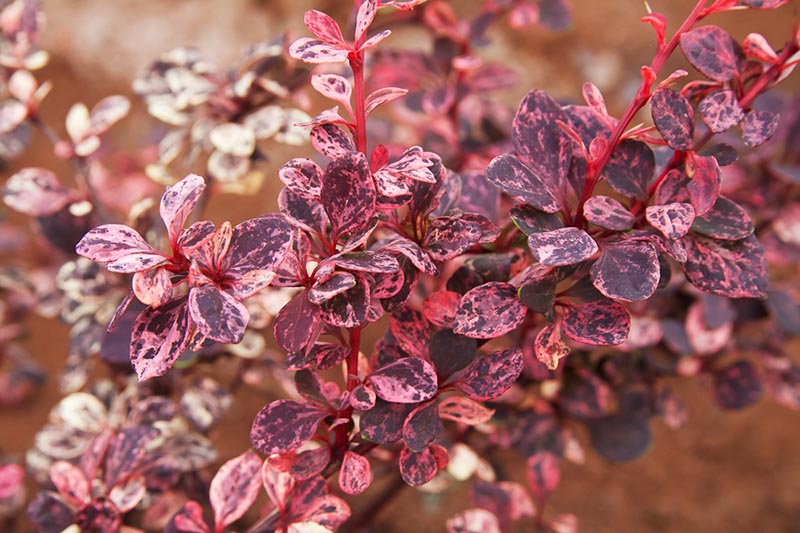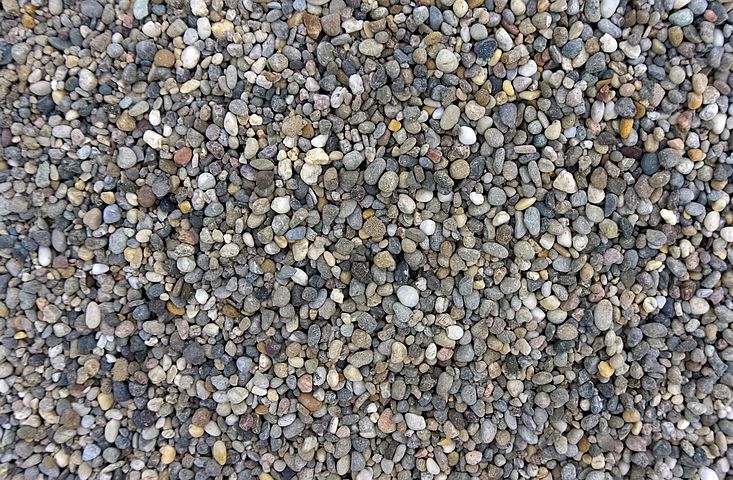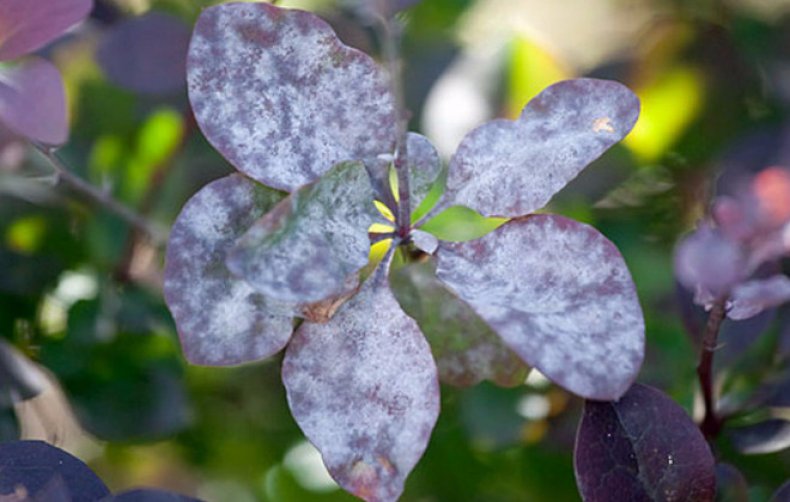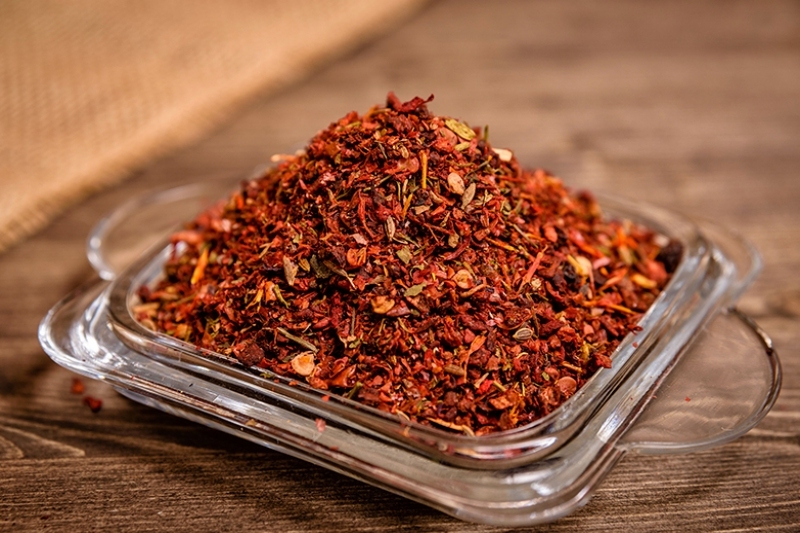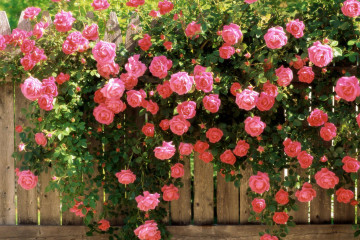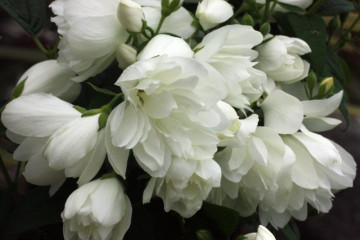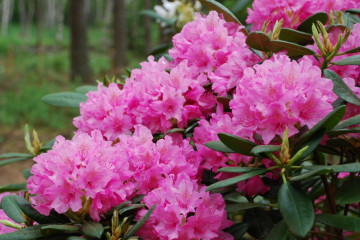Barberry Harlequin Tunberg - description, planting and care
Content:
One of the most attractive and spectacular shrubs is considered to be the deciduous Harlequin barberry. However, in addition to the most beautiful leaves, the plant has a large number of thorns, which is why gardeners who have children do not seek to place the plant on their personal plot.
Barberry Harlequin description
Thunberg barberry (berberis thunbergii harlequin) is distinguished by its cheerful appearance. The leaf has an original spotted pattern that stands out from afar. An adult plant can grow up to two meters in height. It should be noted that the plant has a rather thick crown. Its diameter varies from 0.75-1 meters. It has a sprawling round shape. Crohn with rather dense branching. The color of young shoots may be slightly yellowish and differ from the color of the main stem. Barberry grows slowly. Natural annual growth reaches only 10-15 centimeters.
Barberry Harlequin edible
The plant adapts well to growth in urban areas. Quite unpretentious species with strong resistance to pests and various diseases. Ideal for planting in situations like this:
- planting with other plants;
- as a hedge;
- planting as a single plant;
- looks great with perennial flowers.
The color of the leaves is predominantly red. The foliage may have a mottled tint. The average leaf length can be from 1 to 3 centimeters. The length of the thorny twigs can be up to 1.5 centimeters.
The peculiarity of flowering is that the inflorescences are located one or more pieces. The color of the inflorescences is yellow with a red inside. The active flowering time occurs in May or June. Subsequently, the flowers ripen into small shiny red berries with white veins. Their diameter reaches a maximum of 10 millimeters. Ripening period - September or October.
Planting a plant
It does not take long to plant the Thunberg Harlequin barberry. However, before planting, you need to find out exactly what this plant loves:
- the soil must be alkaline;
- the landing site should be well ventilated, with sufficient light;
- watering is needed at least 2-3 times a week;
- monthly fertilizing of the soil with microelements is necessary;
Before buying a seedling for planting, you should pay attention to the root system. It should be well defined, healthy with shoots. The root system of the seedling should remain in the ground and not show out. If it looks out, then the survival rate of the plant is significantly reduced. It is better to choose a seat in advance. It should be light and open. In advance, it is necessary to thoroughly fertilize it and dig it up twice so that the earth is saturated with minerals and elements as deeply as possible.
The key to good growth is the correct planting of the barberry. To do this, you must carefully follow all the rules:
- plant in late autumn;
- the depth of the pit should not exceed 60 centimeters;
- small pebbles or broken brick should be laid out on the bottom;
- after planting a seedling, sufficient watering is necessary;
- after planting, the young plant must be tied to a peg;
- when planting, you should pay attention to the root collar. It should be flush with the ground.
How to care for barberry
It is especially important to organize a care procedure after planting, and in particular: observe watering norms, feed the soil in a timely manner and carefully cut the plant.
Barberry Harlequin is commonly referred to as a drought-resistant plant species. Watering an adult plant is necessary only under the condition of a temperature of +30 degrees and a complete absence of rain in the off-season. For irrigation, 5 liters of water is enough no more than twice a month. After abundant watering, it is recommended to loosen the soil well and mix with straw or sawdust. Such procedures are necessary to retain moisture in the ground for a long period. In addition, by rotting, the leaves will be able to form additional feeding.
Additional fertilization is the primary basis for the rapid growth of barberry. Suitable as top dressing:
- humus;
- compost fertilizers;
- mineral and nitrogenous complexes.
For one season, it is necessary to carry out the fertilization procedure at least three times:
- After frost, at the moment of laying the kidneys.
- During the active flowering period.
- At the stage of fruit emergence.
It is necessary to prune the plant at least three times in one season. Timely pruning of barberry is the key to a beautiful, well-formed bush. The procedure should be carried out with special sharpened scissors.
Reproduction and preparation for winter
The shrub lends itself to reproduction in several ways:
- planting with seeds;
- breeding by dividing the bush;
- grafting.
The simplest and most effective method, of course, is cuttings. The percentage of grown barberries from seeds is quite low. It takes a lot of time and effort to take care of it from scratch. Deciduous shrub is best reproduced in May-June.
It is especially important to warm the plant in time for the winter and open the plant in the spring. Despite the fact that barberry belongs to the cold-resistant class, young plants still need additional insulation and cannot withstand frosts below 30 degrees. The most reliable means of protection are spruce branches or fabric shelters. It is required to remove the covering material no earlier than the beginning of spring. As soon as the frost drops to 7-8 degrees, the material must be removed, otherwise the plant will mate and die.
Diseases and pests
The Harlequin edible barberry variety is especially actively attacked by the following pests:
- moth;
- aphid;
- powdery mildew;
- gray and rusty rot.
Use in landscaping and useful properties
Due to its high cold resistance and unpretentiousness, barberry is a favorite among shrubs in landscape design. It is ideal for singles and group compositions.
In addition to decorative purposes, barberry is appreciated for its beneficial properties. From it nutritious and rich in vitamins are obtained: jelly, compotes, syrups. It is added as a seasoning to dishes, enhancing the flavor. The berry copes well with bacteria and viral diseases. It is especially good to take it in the season of colds and for patients with hypertension.
Thus, the Harlequin barberry is an excellent shrub that will ideally decorate the yard area, and will also become an excellent medicine in the cold season.
